Whether you’re a seasoned developer or a budding entrepreneur, guiding users through your SaaS product can leave you in a maze.
A SaaS User Manual can be the game-changer here as it helps users understand the SaaS product’s functionality, features, and navigation, allowing them to maximize its benefits and solve any usage obstacles.
In this blog, we will discuss the importance of a user manual for SaaS, learn how to create one with user manual software, and explore its types.
What Is a Saas User Manual?
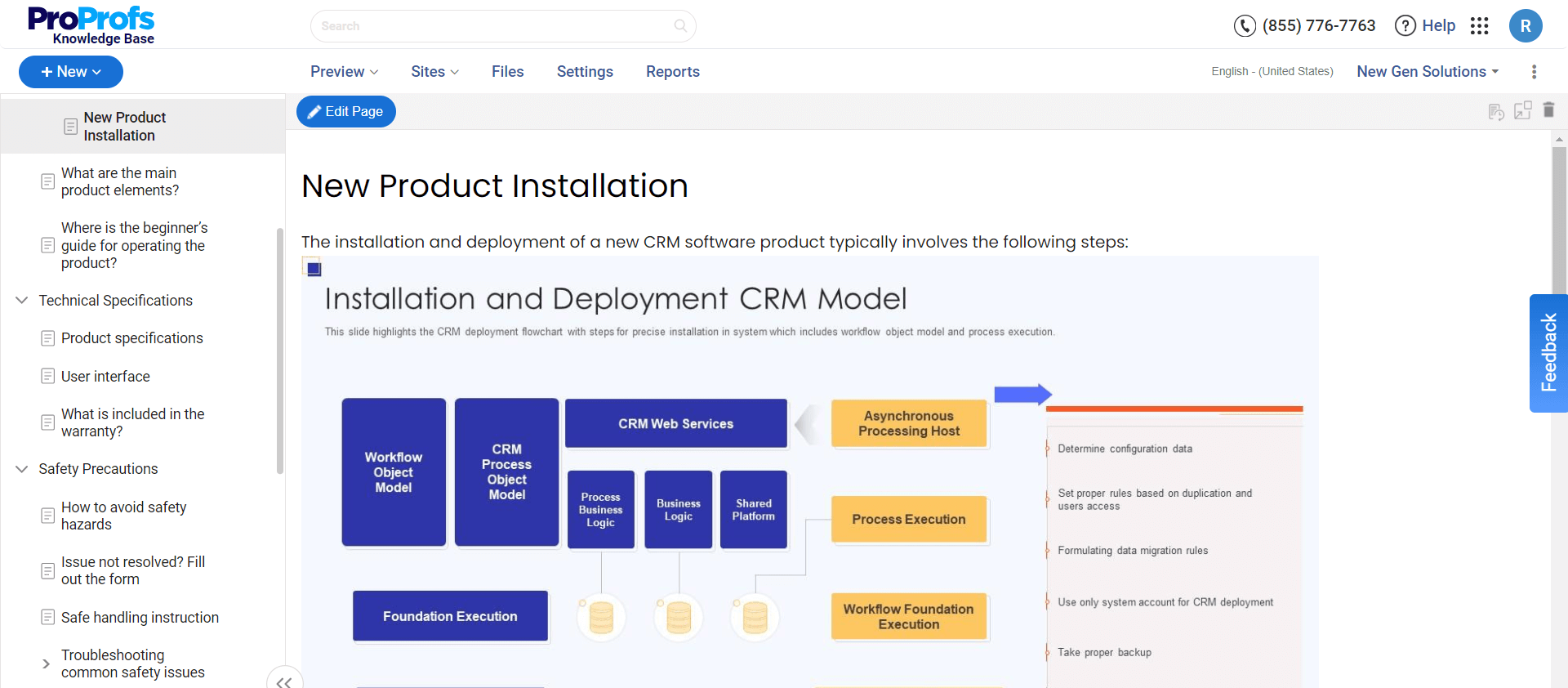
A user manual for SaaS is a document that provides detailed instructions and information on using a Software-as-a-Service (SaaS) product effectively. It is created to help users understand the product’s functionality, features, and navigation, allowing them to maximize its benefits and solve any challenges they may encounter during their usage.
A well-crafted SaaS user manual serves as a go-to resource for users, offering step-by-step instructions, screenshots, and explanatory content to help them navigate through the product’s interface, perform specific tasks, and troubleshoot common issues. It also acts as a support tool that reduces the need for extensive customer support and enhances the overall user experience.
For example, consider a SaaS product, ‘TaskMaster,’ a project management tool. Its user manual would provide detailed explanations on creating and managing projects, assigning tasks to team members, setting deadlines, tracking progress, and generating reports.
It would walk users through the various screens, buttons, and product features, providing clear instructions on each functionality. It could include troubleshooting tips for common issues users may encounter while using the software.
Wondering what user manual software does? Check out this video.
Importance of a SaaS User Manual
A SaaS user manual is a critical tool for businesses as it enhances user onboarding, improves the user experience, and more. Let’s discuss why it is essential for businesses.
Improved & Faster User Onboarding
User manuals provide an extensive guide for new users, helping them navigate the SaaS product smoothly.
By providing step-by-step instructions and clear explanations, a user manual enables users to quickly understand the product’s features and functionalities, reducing the learning curve and ensuring a positive onboarding experience.
Enhanced User Experience
A well-crafted user manual enhances the user experience by reducing confusion and frustration.
It empowers users to leverage the SaaS product’s capabilities and utilize them to their maximum potential.
By providing clear and concise instructions, a user manual gives users confidence and competence, leading to increased satisfaction and loyalty.
Read More: How to Create a User Manual For Web Application
Reduced Support Requests
A user manual acts as a self-help resource, reducing the burden on customer support teams.
Users can find answers to their questions and troubleshoot common issues independently with access to a well-documented manual.
This alleviates the need for repetitive support requests and allows your support team to focus on more complex queries or strategic initiatives.
Time and Cost Savings
By reducing the dependency on customer support and reducing the learning curve, a user manual helps businesses save valuable time and resources.
It streamlines the user onboarding process, allowing users to quickly become proficient in the SaaS product.
This, in turn, increases their productivity, reduces errors, and ultimately saves time for both the users and the business.
Consistent and Accurate Information
A user manual ensures that users receive consistent and accurate information about the SaaS product.
It acts as a single source of truth, preventing confusion and misunderstandings arising when users rely on various sources for guidance.
A well-maintained user manual also allows businesses to update the documentation as the product evolves, ensuring that users always have the latest information.
User Empowerment
A user manual empowers users to take ownership of their experience with the SaaS product.
It gives them the knowledge and resources to confidently explore and utilize the features, giving users a sense of control.
This empowerment facilitates a positive relationship between the users and the product, increasing their engagement and advocacy.
What Are the Types of SaaS User Manuals?
Different types of SaaS user manuals serve various purposes and cater to different user needs. Let’s elaborate on the following types:
Tutorials
Tutorials are step by step guides that walk users through specific tasks or workflows within the SaaS product. They provide detailed instructions with screenshots or videos to help users understand and perform actions in a structured manner.
Tutorials are handy for new users who need guidance on essential features or complex processes.
For example, a tutorial on creating a new project in a project management SaaS product would explain the steps like defining project details, setting milestones, and assigning team members.
How-to Guides
How-to guides are broader in scope compared to tutorials and cover a range of features or functionalities in the SaaS product. They provide more in-depth explanations and practical examples, enabling users to explore advanced features or perform complex actions.
How-to guides are usually organized by topic or category, making navigating and finding relevant information more accessible for users.
For example, a how-to guide on generating customized reports from data collected in a SaaS analytics product would explain the different report types, filters, and visualization options available.
Explanations
Explanations provide users with a deep understanding of how the SaaS product works. They usually delve into the underlying concepts, principles, and technical details that drive the product’s functionality.
Explanations help users grasp the rationale behind certain features, making it easier to leverage the capabilities effectively.
For example, a SaaS user manual for explaining the algorithms used in a machine learning SaaS platform would detail how they make predictions based on input data and the factors that influence the accuracy of those predictions.
Reference
Reference manuals serve as an extensive repository of information on the SaaS product. They provide an organized structure with detailed descriptions of each feature, configuration options, and technical specifications.
Reference manuals are popularly used as a quick resource for users to look up specific information or refresh their knowledge about a particular aspect of the product.
For example, a reference manual for a customer relationship management SaaS product would list all available fields, their data types, and usage scenarios.
What to Include in a SaaS User Manual?
The specific elements to include in a SaaS user manual may vary depending on the complexity and nature of the SaaS product.
However, a comprehensive SaaS user manual should typically include the following elements:
Introduction
The introduction provides an overview of the SaaS product, its purpose, and its value proposition.
It also introduces the manual’s critical features, benefits, and target audience, helping users understand why they should use the product and what they can expect.
Getting Started
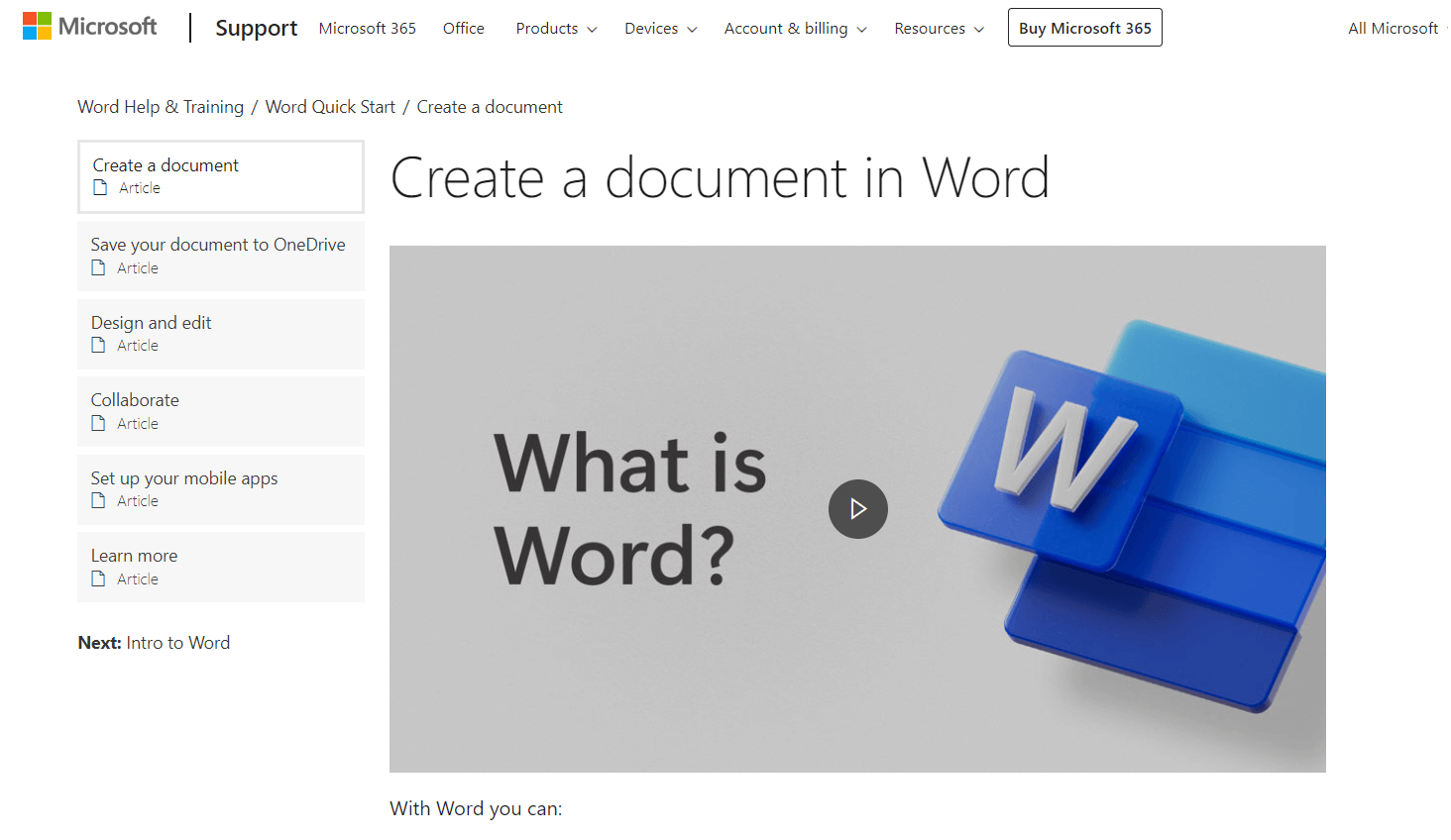
This section walks users through setting up their accounts, logging in, and accessing the SaaS product. It usually covers system requirements, compatibility, and any necessary installations.
Also, guide on creating a new account, setting up user profiles, and personalizing their experience.
User Interface
User Interface (UI) explains the layout and navigation of the SaaS product’s user interface.
It describes the main sections, menus, and buttons. It generally includes screenshots, annotations, and clear explanations of each element to help users understand how to move around the interface and locate specific features.
Features and Functionality
This section details the SaaS product’s features and functionalities, explaining each in a separate section or chapter.
It provides step-by-step instructions and examples for users to understand how to utilize each feature effectively. It usually includes screenshots or videos to guide users through the process visually.
Workflows and Use Cases
They demonstrate real-world scenarios and workflows where users can apply the SaaS product’s features.
They describe common use cases and provide instructions on achieving specific goals or tasks to help users understand how the different features interact and complement each other in practical situations.
Troubleshooting and FAQs
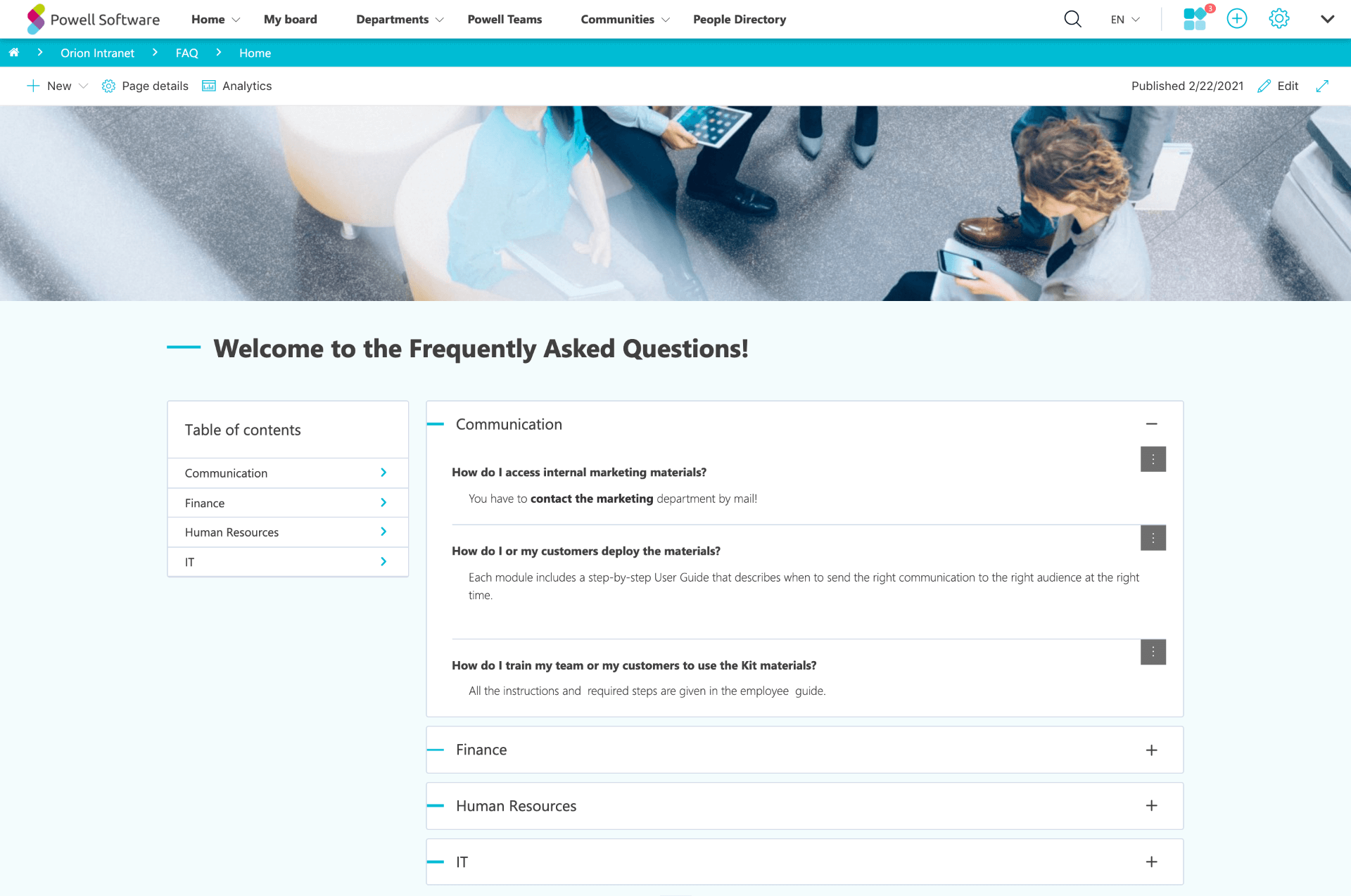
This section is dedicated to troubleshooting common issues users may encounter while using the SaaS product.
It provides solutions, workarounds, and tips to resolve these issues, addressing frequently asked questions and providing clear explanations.
Glossary and Terminology
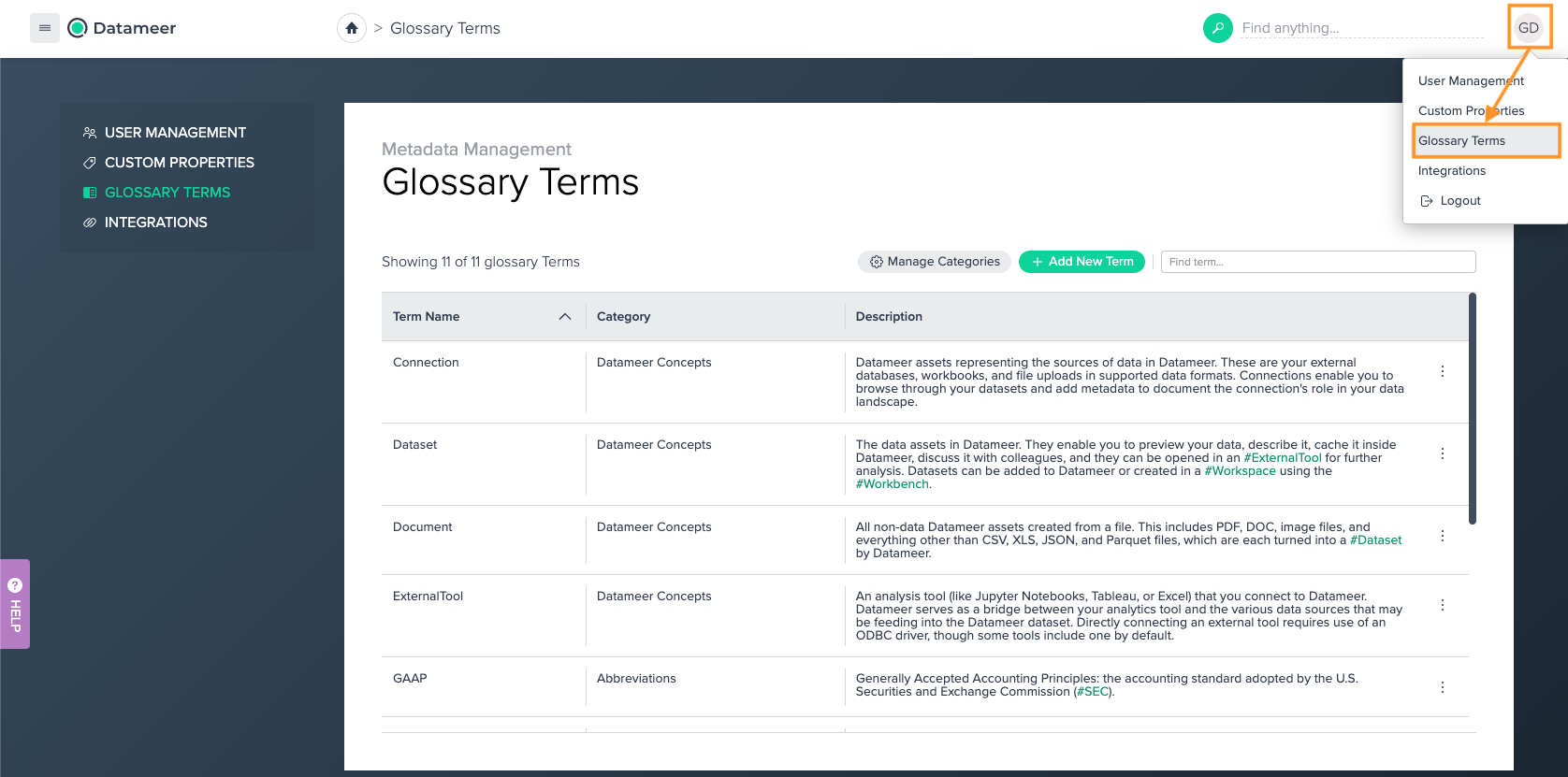
This section includes a glossary of terms and definitions specific to the SaaS product. It defines technical or industry-specific terminology that users may encounter during their usage.
This helps users understand the product’s language and ensures they are on the same page when referring to specific features or concepts.
Updates and Version History
This section covers document updates, new features, and changes to the SaaS product with each release.
It includes a version history that outlines the different iterations of the product and their corresponding updates. This allows users to stay informed about new features and enhancements.
Index and Searchability
This section includes an organized index and search functionality in the user manual. It ensures users can easily find specific topics, features, or troubleshooting steps.
This makes the manual more user-friendly and allows users to locate the necessary information quickly.
Visuals and Examples
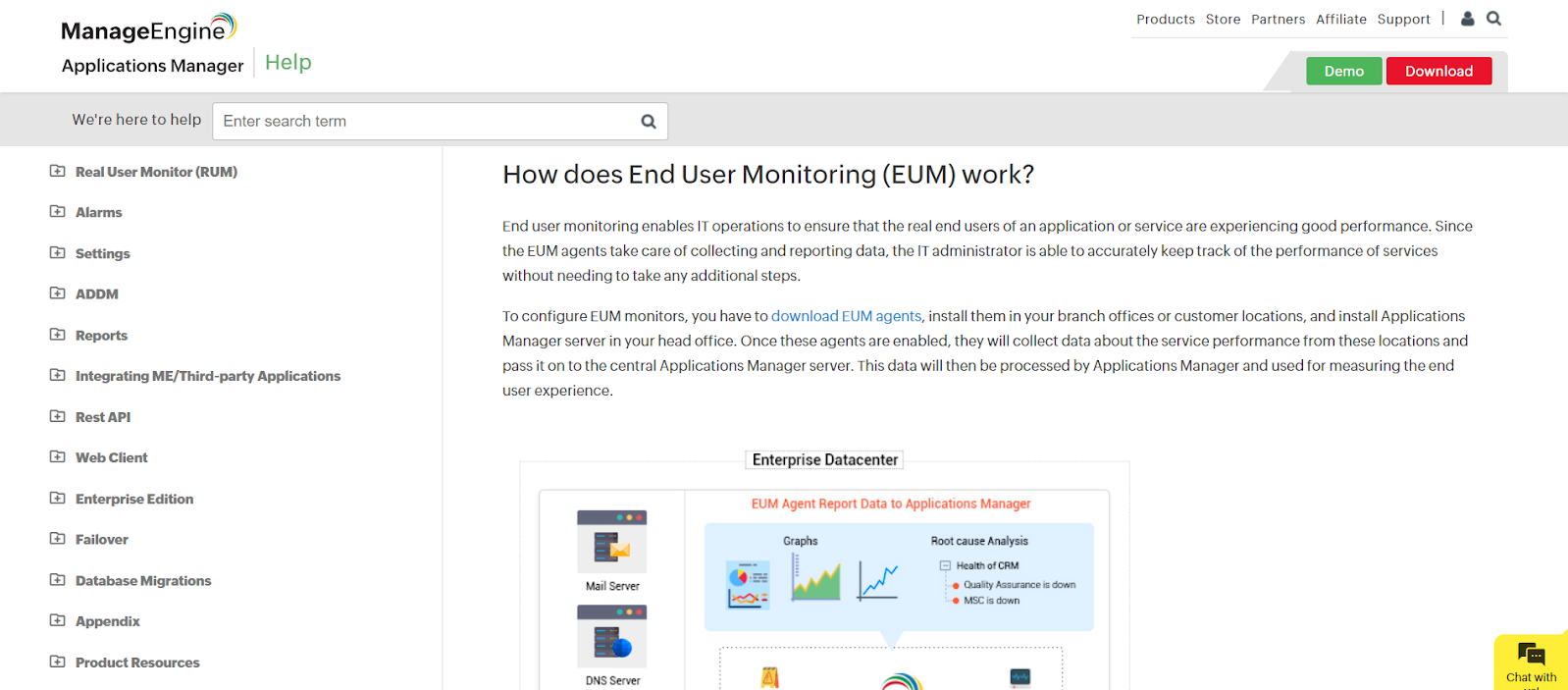
Using visual aids like screenshots, diagrams, or videos helps enhance the understanding of the content.
Adding examples and practical use cases provides context and guides users on effectively applying the SaaS product’s features.
How to Create a Saas User Manual
Let’s discuss how to create a user manual for SaaS that empowers users to understand and effectively utilize the SaaS product.
Determine the Scope and Goals
When creating a SaaS user manual, it’s essential to define the scope and goals of the manual. Consider the purpose of the manual – is it to onboard new users, guide users on specific features, or troubleshoot common issues?
Understanding the goals will help structure the content accordingly.
Also, identify the target audience for the manual. Consider their level of technical expertise and familiarity with SaaS products to tailor the content to their needs and language proficiency.
Understand the SaaS Product
To create an effective user manual, it’s crucial to gain a deep understanding of the SaaS product itself. Use the product extensively to explore its various features, functionalities, settings, and user interface.
This hands-on experience will help you accurately document and explain the product’s usage. Experiment with different use cases, considering how the product can be applied in practical scenarios. Make notes or list the features and workflows that must be covered in the manual.
Structure the Manual
A well-structured manual ensures users can easily navigate and find the necessary information. Start by creating an outline or table of contents that logically organizes the topics, features, or sections.
Group related topics together and consider adding subheadings as needed. This will provide a clear flow of information and make it easier for users to locate specific sections. Also, include a glossary or index that offers definitions and enables users to search for specific terms or keywords.
Choose the Format
The appropriate format for your user manual depends on your target audience and their preferences. You may choose a traditional written form using a word processor or document editor like PDF or Word.
You can also explore interactive online user manual platforms, like ProProfs Knowledge Base, or build a website to host the manual content.
It’s also worth considering incorporating mixed media elements like visuals, screenshots, videos, or interactive elements to enhance user engagement and understanding.
Write Clear and Concise Content
When writing the content for the user manual, focus on clarity and simplicity. Use simple language and avoid unnecessary technical jargon that may confuse or overwhelm users.
Keep sentences and paragraphs concise, focusing on conveying information effectively. Maintaining a conversational tone throughout the manual makes it approachable and user-friendly. Break down complex concepts or instructions into understandable pieces, ensuring users can easily follow and apply the information.
Provide Step-by-Step Instructions
It’s crucial to provide clear and actionable step-by-step instructions to guide users using the SaaS product. Break down complex processes or tasks into smaller, manageable steps. This makes it easier for users to follow along and reduces the chances of confusion or errors.
Include visual aids like annotated screenshots, diagrams, or instructional videos to supplement the textual instructions. Provide relevant examples or use cases to illustrate how users can apply the features in real-world scenarios.
Test and Update
Ensuring the accuracy and effectiveness of the user manual requires thorough testing and regular updates. Validate the manual’s instructions by following them or involving beta users to test and provide feedback.
This feedback will help identify discrepancies, areas of confusion, or missing information that must be addressed. Update the manual regularly to reflect any changes, new features, or updates to the SaaS product. It’s essential to keep the manual relevant and up-to-date to support users effectively on their journey.
Related blog: How to Write Insightful User Manuals for Software
How SaaS User Manual Can Improve User Onboarding & Drive Product Adoption
User manuals provide step-by-step instructions and guidance on how to use the SaaS product effectively. This helps new users become familiar with the features and functionalities of the product, reducing confusion and making the onboarding process smoother.
They serve as a comprehensive reference guide for users to refer to whenever they need help or have questions about the product. This reduces the reliance on customer support and empowers users to troubleshoot issues independently, improving the overall user experience.
User manuals can also be utilized to highlight best practices and tips for using the SaaS product effectively. By providing insights on maximizing the product’s value and benefits, user manuals can encourage users to explore more features and adopt the product entirely.
Moreover, user manuals can be used as a training tool for internal teams and stakeholders, enabling them to understand the product’s functionalities and capabilities. This knowledge can be effectively communicated to customers, leading to better product adoption.
Examples of SaaS User Manuals
A SaaS user manual provides step-by-step instructions and guidance, serving as a comprehensive reference guide and promoting product adoption through best practices and training.
Let’s look at some well-implemented examples.
ManageEngine

ManageEngine offers a well-structured user guide for AWS monitoring tools, covering various aspects of the product, like identity and access management and enterprise service management.
The guide also includes short YouTube videos that provide interactive and authentic explanations of the topics.
IDS/IQ Help Support
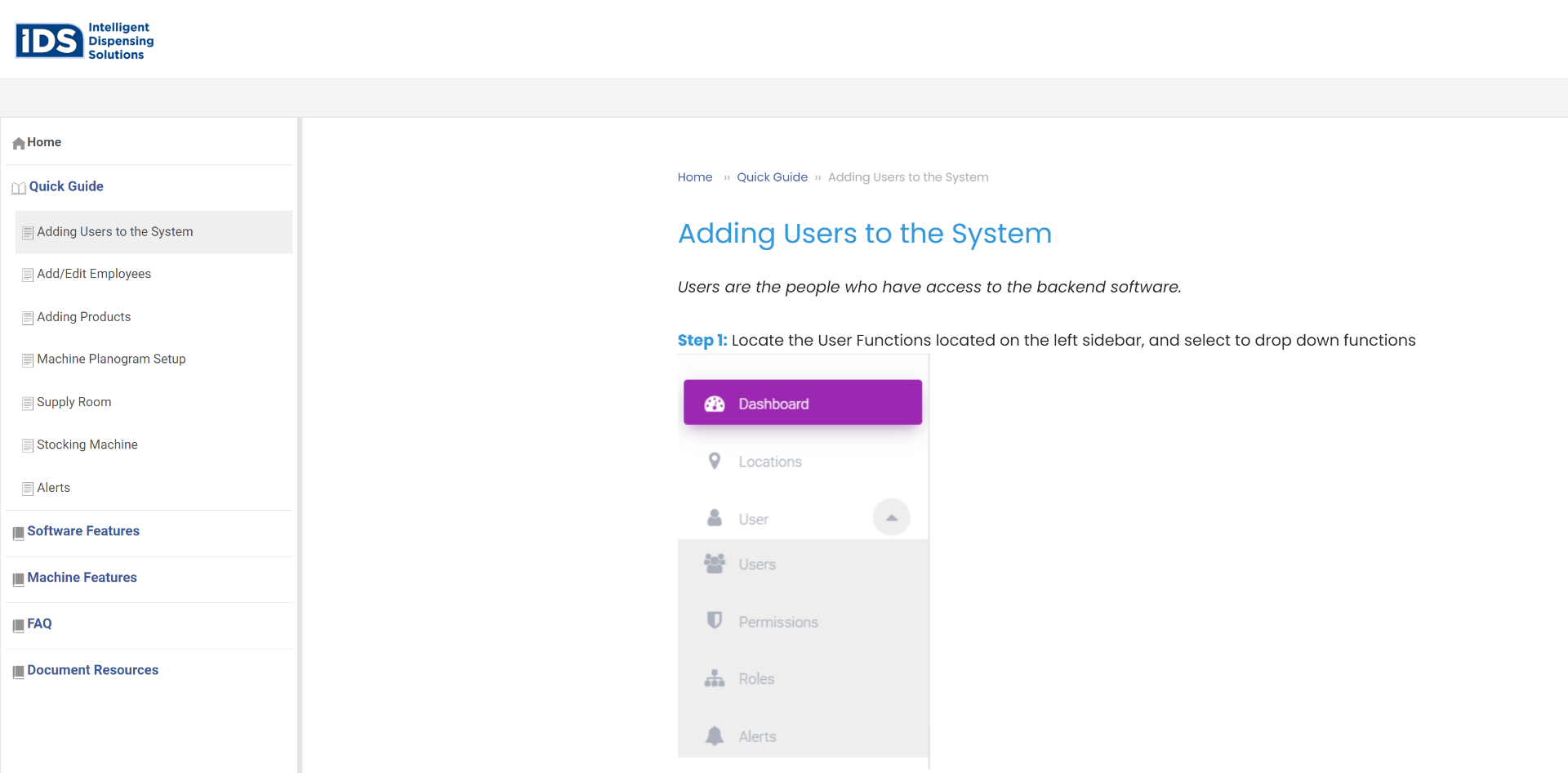
IDS/IQ Help Support focuses on providing clear and accessible help documentation that enables users to navigate complex processes easily.
The user experience is further enhanced through visual aids and a well-structured layout.
All this attention to detail speaks volumes about IQ Help Support’s commitment to providing user-friendly guides that serve as a valuable resource for users seeking assistance and information.
RMS
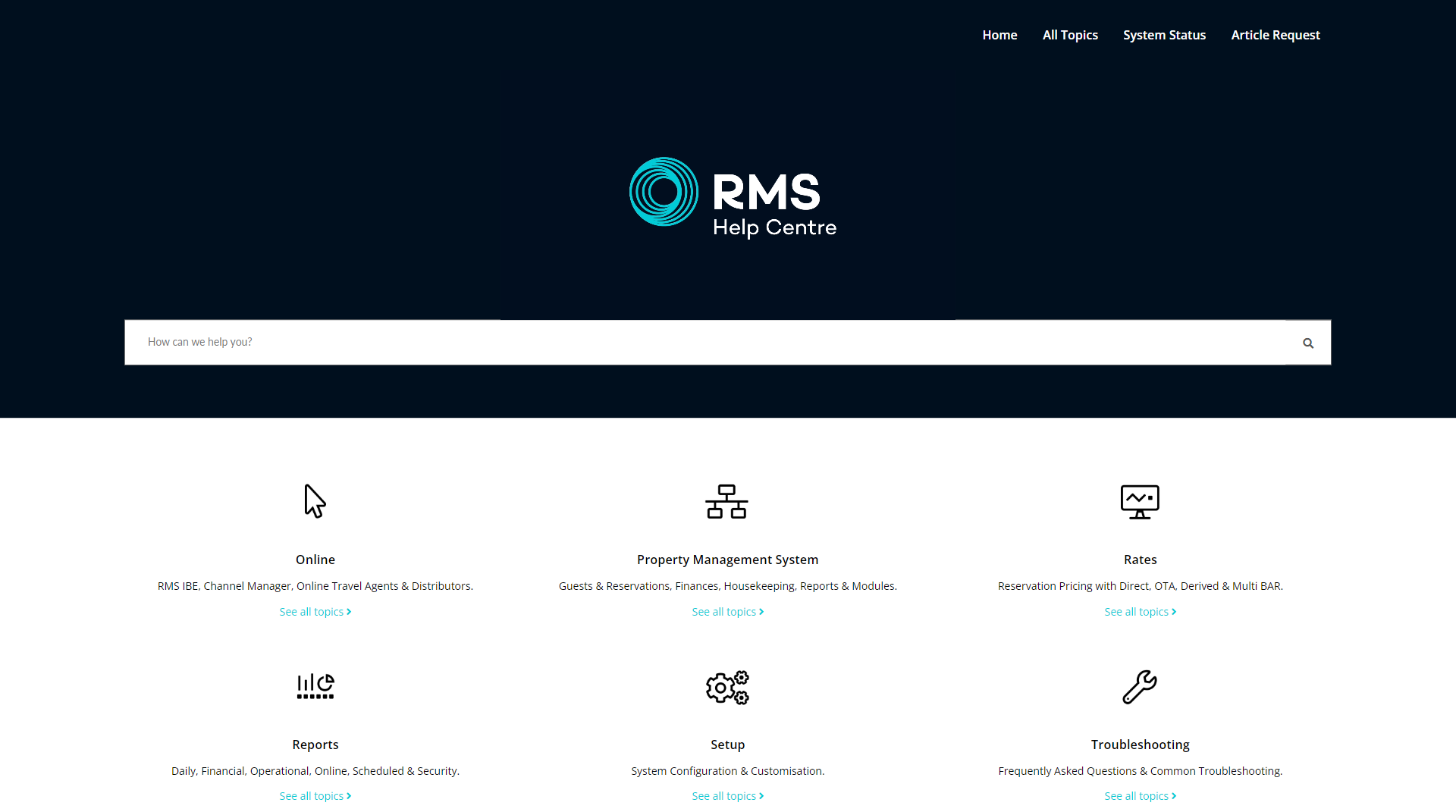
RMS’ manual writing approach to “Assign a Dashboard” feature is concise and step-by-step. It provides clear instructions on assigning a dashboard to a security profile, with separate sections for information, setup, and a decision tree.
The manual also emphasizes the need for security profile access and encourages system administrators to complete the setup.
The approach includes a guide section with specific actions to take and highlights that only users with a selected security profile can access assigned dashboards.
Related case study: Frequence streamlined their knowledge management using ProProfs Knowledge Base
Create Accurate & Detailed SaaS User Manuals Today!
Creating a SaaS user manual is critical to ensuring your customers can effectively use your product. It requires careful planning, clear writing, and thoughtful organization.
ProProfs Knowledge Base software can significantly streamline this process with its AI-powered, rich text editor for easy content authoring, which supports pre-built prompts.
It also supports multiple authors with different roles and permissions and provides version control for managing multiple editions. Its branding and customization features ensure your manual aligns with your company’s identity.
So, what are you waiting for? Get started with creating extensive SaaS user manuals today! Explore more here!
FREE. All Features. FOREVER!
Try our Forever FREE account with all premium features!

 We'd love your feedback!
We'd love your feedback! Thanks for your feedback!
Thanks for your feedback!







